Code
HCS6014
Weight
4.9 Kg / 10.8 lbs
Size
Height
48cm (19") Width
34cm (13") Depth
24cm (9") Material
Copper
Availability
Subject to Avilability
Date Added
2011-01-31 12:26:29
Note : We used to sell this product 14 years ago so it may no longer be in our stock.
It is possible that we still have it with our suppliers but the price could be different from before.
Feel free to order. We will verify availability and inform you promptly.
It is possible that we still have it with our suppliers but the price could be different from before.
Feel free to order. We will verify availability and inform you promptly.

Safe Payment
We accept Paypal, Money Transfer, Bank Transfer
Confidence
Protection covers your purchase and personal data.
Worldwide Delivery
We ship Worldwide, except Russia.Shipping cost US$25.2 for upto 0.5 kgs

Hotline
Talk to help line for your question on 9841267335In Buddhist tradition the Buddhas of three times is often mentioned. the Pali Buddhavamsa counts the Past Buddhas, including Dipamkara as the first. While in Mahayana Buddhist tradition the number of Buddhas increases much more. the Sarvastivada tradition counts 76,00 Buddhas commencing with Shakyamuni and ends before Buddha Ratnasikhin during the First Asamkheya Kalpa. During the second Asamkheya Kalpa, 76,000 Buddhas from Buddha Ratnasikhin to Dipamkara and during the third Asamkheya 77,00 Buddhas from Dipamkara to Vipasyin Buddha are counted. Buddha Dipamkara is represented widely in Kathmandu valley. Especially in the month of the Gunla Festival many large sized images in bronze and copper are displayed in Nepal-ese Buddhist monasteries. In the Samyak festival Buddha Dipamkara is the chief deity to be displayed and worshipped. the Buddha Dipamkara is usually yellow in colour and exhibits abhayamudra and varada mudra with his two hands. It is believed that Shakyamuni Buddha started his bodhisattva career after meeting with Buddha Dipamkara. When Buddha Dipamkara was visiting the city of Dipavati, a young brahman versed in vedic lore happened to pass by the city of Dipavati fully decorated with hanners and in festive mood to honor Buddha Dipamkara. He also happened to meet a young brahman girl with seven lotus flowers, going to honor Lord Dipamkara. he learned Brahman Megha asked the lady to give him seven lotus flowers for 500 gold coins. But she refused and agreed to give him five flowers under the condition that she can become his wife until he attained enlightenment. After that Megha Brahman saw Buddha Dipamkara from a distance. Identifying himself with Buddha Dipamkara these seven lotus flowers formed a garland and floated in the air around the Buddha's head in a miraculous way. Later on Buddha Dipamkara too, prophesied that he would be a Buddha Shakyamuni in future
Old Post : OLD POST
Please note that this Dipankara Buddha Statue, [bronze Finishing], [old Post], [remakable] is an old post. We typically do not remove our posts from the website for various reasons, such as nostalgia and maintaining page ratings. These posts are not intended for direct sales, but occasionally, we can remake the items.
Please note that this Dipankara Buddha Statue, [bronze Finishing], [old Post], [remakable] is an old post. We typically do not remove our posts from the website for various reasons, such as nostalgia and maintaining page ratings. These posts are not intended for direct sales, but occasionally, we can remake the items.
Remakable : Remakable
Please note that the Dipankara Buddha Statue, [bronze Finishing], [old Post], [remakable] we posted some time ago is not currently available in our store. However, due to the possibility of a remake, it is still on sale. The remake will not be an exact replica of the original statue shown in the picture and will require additional time to be ready for dispatch. If you are willing to wait for this custom remake, you may proceed with your order. Thank you for your understanding and patience.
Please note that the Dipankara Buddha Statue, [bronze Finishing], [old Post], [remakable] we posted some time ago is not currently available in our store. However, due to the possibility of a remake, it is still on sale. The remake will not be an exact replica of the original statue shown in the picture and will require additional time to be ready for dispatch. If you are willing to wait for this custom remake, you may proceed with your order. Thank you for your understanding and patience.
Bronze Finishing
This Dipankara Buddha Statue, [bronze Finishing], [old Post], [remakable] product features a stunning Bronze patina finish. Our store takes pride in offering this exclusive patina, which involves a meticulous process utilizing organic materials such as butter and vegetable color. The aim is to recreate the appearance of an aged bronze statue, evoking a sense of timeless elegance.
The art of giving the bronze color to red copper is truly exceptional and is practiced by skilled craftsmen. With each piece, you not only acquire a beautifully finished Dipankara Buddha Statue, [bronze Finishing], [old Post], [remakable] product but also pay homage to the artisans who are dedicated to preserving this rare and fading art form. The result is a unique and captivating aesthetic that adds a touch of sophistication and nostalgia to any setting. Read More . . .
This Dipankara Buddha Statue, [bronze Finishing], [old Post], [remakable] product features a stunning Bronze patina finish. Our store takes pride in offering this exclusive patina, which involves a meticulous process utilizing organic materials such as butter and vegetable color. The aim is to recreate the appearance of an aged bronze statue, evoking a sense of timeless elegance.
The art of giving the bronze color to red copper is truly exceptional and is practiced by skilled craftsmen. With each piece, you not only acquire a beautifully finished Dipankara Buddha Statue, [bronze Finishing], [old Post], [remakable] product but also pay homage to the artisans who are dedicated to preserving this rare and fading art form. The result is a unique and captivating aesthetic that adds a touch of sophistication and nostalgia to any setting. Read More . . .
Lost-Wax System
This Buddha of Dipankara Buddha Statue, [bronze Finishing], [old Post], [remakable] is made by the process of the Lost Wax system. This is a very complicated, time consuming and historic process of making metal sculptures.Which is why it is sometimes called Precision Casting as well. Hence the sculptures made by this process are comparatively expensive. There are many new, advanced and less time consuming methods of casting metal sculptures available as well. But due to the benefits provided by the traditional lost wax system in quality control and customization, we prefer the Loss wax system over Ceramic molding, or sand casting to make our Buddha.
Below we have tried to illustrate the process of making a loss wax system statue: Read More . . .
This Buddha of Dipankara Buddha Statue, [bronze Finishing], [old Post], [remakable] is made by the process of the Lost Wax system. This is a very complicated, time consuming and historic process of making metal sculptures.Which is why it is sometimes called Precision Casting as well. Hence the sculptures made by this process are comparatively expensive. There are many new, advanced and less time consuming methods of casting metal sculptures available as well. But due to the benefits provided by the traditional lost wax system in quality control and customization, we prefer the Loss wax system over Ceramic molding, or sand casting to make our Buddha.
Below we have tried to illustrate the process of making a loss wax system statue: Read More . . .
Brief Introduction :
Dīpankara is one of the Buddhas of the past, said to have lived on Earth one hundred thousand years.
Theoretically, the number of Buddhas having existed is enormous and they are often collectively known under the name of "Thousand Buddhas". Each was responsible for a life cycle. According to some Buddhist traditions, Dīpankara (also Dīpamkara) was a Buddha who reached enlightenment eons prior to Gautama,
Generally, Buddhists believe that there has been a succession of many Buddhas in the distant past and that many more will appear in the future; Dīpankara, then, would be one of numerous previous Buddhas, while Gautama was the most recent, and Maitreya will be the next Buddha in the future.
Iconography :Theoretically, the number of Buddhas having existed is enormous and they are often collectively known under the name of "Thousand Buddhas". Each was responsible for a life cycle. According to some Buddhist traditions, Dīpankara (also Dīpamkara) was a Buddha who reached enlightenment eons prior to Gautama,
Generally, Buddhists believe that there has been a succession of many Buddhas in the distant past and that many more will appear in the future; Dīpankara, then, would be one of numerous previous Buddhas, while Gautama was the most recent, and Maitreya will be the next Buddha in the future.
Dīpankara is generally represented as a sitting Buddha, but his depictions as a standing Buddha are common in China, Thailand, and Nepal; with the right hand he generally forms a protection mudra (abhaya mudra), and often he forms it with both hands.
Dīpankara is rarely depicted alone; one of the Buddhas of Bamyan, destroyed by the Taliban government in Afghanistan in 2001, was said to portray Dīpankara. Statues of Dīpankara can also be found in the Longmen and Yungang Grottoes in China.
He is generally depicted with two Bodhisattvas, Manjushri and Vajrapani (common in Java) or Avalokiteshvara and Vajrapani (common in Sri Lanka); or with the Buddhas who come after him, Gautama and Maitreya.
Prediction :Dīpankara is rarely depicted alone; one of the Buddhas of Bamyan, destroyed by the Taliban government in Afghanistan in 2001, was said to portray Dīpankara. Statues of Dīpankara can also be found in the Longmen and Yungang Grottoes in China.
He is generally depicted with two Bodhisattvas, Manjushri and Vajrapani (common in Java) or Avalokiteshvara and Vajrapani (common in Sri Lanka); or with the Buddhas who come after him, Gautama and Maitreya.
One story shown in Buddhist art stupas has Gautama Buddha in a former incarnation known as Sumedha, a rich Brahmin turned hermit kneeling and laying his long black hair on the ground, in an act of piety that the Dīpankara Buddha could cross a puddle of mud without soiling his feet. This story between Dīpankara Buddha and Shakyamuni, occurred many lifetimes before Shakyamuni's eventual enlightenment. From this act, Dīpankara told Sumedha "In the ages of the future you will come to be a Buddha called 'Shakyamuni'", to which Sumedha replied, "I am to become a Buddha, awakened to enlightenment; may you tread with your feet on my hair - on my birth, old age, and death." Dīpankara Buddha then said, "Freed from human existence, you will become an effective teacher, for the sake of the world. Born among the Shakyas, as the epitome of the Triple World, the Lamp of all Beings, you will be known as Gautama. You will be the son of King Suddhodana and Queen Maya. Shariputta and Moggallana will be your chief disciples. Your caretaker will name as Ananda."
In the 40-plus years of his life after enlightenment, the Buddha Shakayamuni is said to have recounted almost 554 past life stories, (called Jataka tales) of his prior existences. Gautama Bodhisattva is quoted as saying a person starts the journey to become a Buddha filling 10 Paramita or "perfections". Some sources and scriptures recount that Shakayamuni Buddha was born in the time of Dīpankara Buddha, and was rich and gave away all his wealth to become a Monk. It is said that Gautama Bodhisattva received his first Niyatha Vivarana, (or definite foresighting by a Buddha) from Dīpankara Buddha. This encounter, among many other predictions of Shakyamuni Buddha's future enlightenment, can be found in a Mahayana text named the Sangatha Sutra
In the 40-plus years of his life after enlightenment, the Buddha Shakayamuni is said to have recounted almost 554 past life stories, (called Jataka tales) of his prior existences. Gautama Bodhisattva is quoted as saying a person starts the journey to become a Buddha filling 10 Paramita or "perfections". Some sources and scriptures recount that Shakayamuni Buddha was born in the time of Dīpankara Buddha, and was rich and gave away all his wealth to become a Monk. It is said that Gautama Bodhisattva received his first Niyatha Vivarana, (or definite foresighting by a Buddha) from Dīpankara Buddha. This encounter, among many other predictions of Shakyamuni Buddha's future enlightenment, can be found in a Mahayana text named the Sangatha Sutra
Mantra for Dipankara
Om Pra Mani Dani Svaha


![Dipankara Buddha Statue, [bronze Finishing], [old Post], [remakable]](https://handicraftseller.com/uploads/pics/product/thumb/2011/01/6014_2.jpg)
![Dipankara Buddha Statue, [bronze Finishing], [old Post], [remakable]](https://handicraftseller.com/uploads/pics/product/thumb/2011/01/6014_3.jpg)
![Dipankara Buddha Statue, [bronze Finishing], [old Post], [remakable]](https://handicraftseller.com/uploads/pics/product/thumb/2011/01/6014_4.jpg)
![Dipankara Buddha Statue, [bronze Finishing], [old Post], [remakable]](https://handicraftseller.com/uploads/pics/product/thumb/2011/01/6014_5.jpg)
![Dipankara Buddha Statue, [bronze Finishing], [old Post], [remakable]](https://handicraftseller.com/uploads/pics/product/thumb/2011/01/6014_6.jpg)
![Dipankara Buddha Statue, [bronze Finishing], [old Post], [remakable]](https://handicraftseller.com/uploads/pics/product/thumb/2011/01/6014.jpg)
![Dipankara Buddha Statue, [bronze Finishing], [old Post], [remakable]](https://handicraftseller.com/uploads/pics/product/thumb/2011/01/6014_0.jpg)
![Dipankara Buddha Statue, [bronze Finishing], [old Post], [remakable]](https://handicraftseller.com/uploads/pics/product/thumb/2011/01/6014_1.jpg)
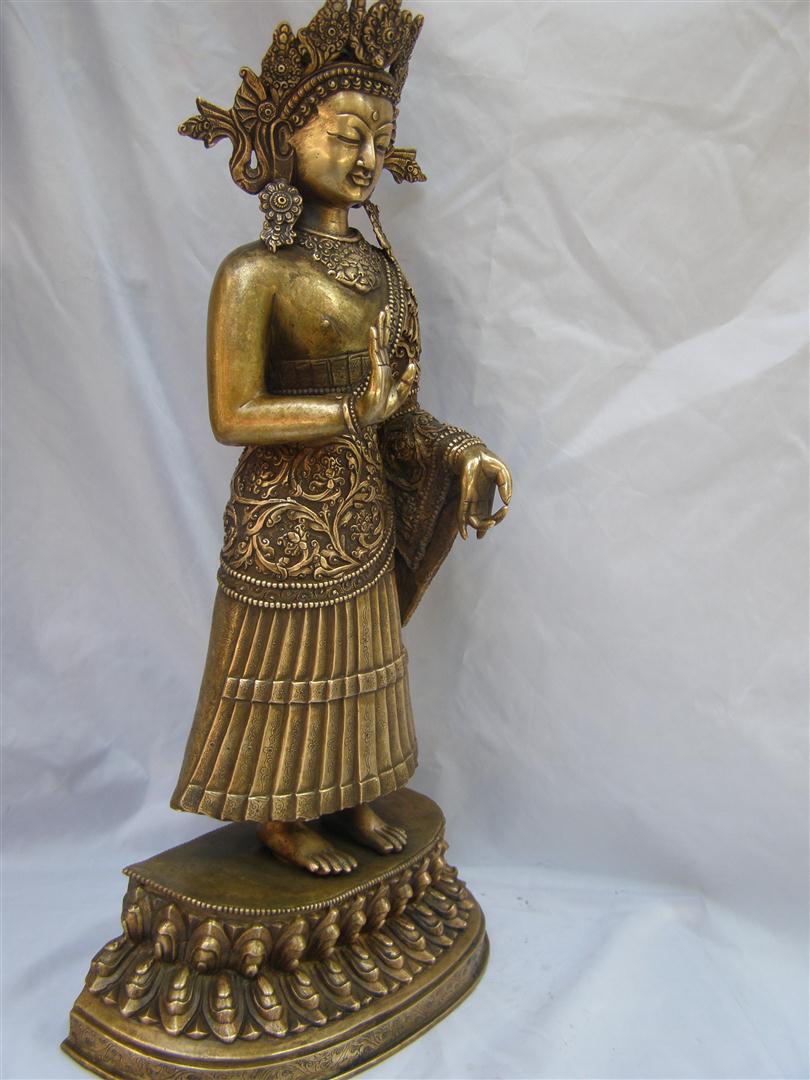

























































 of Amitabha Buddha,
of Amitabha Buddha, 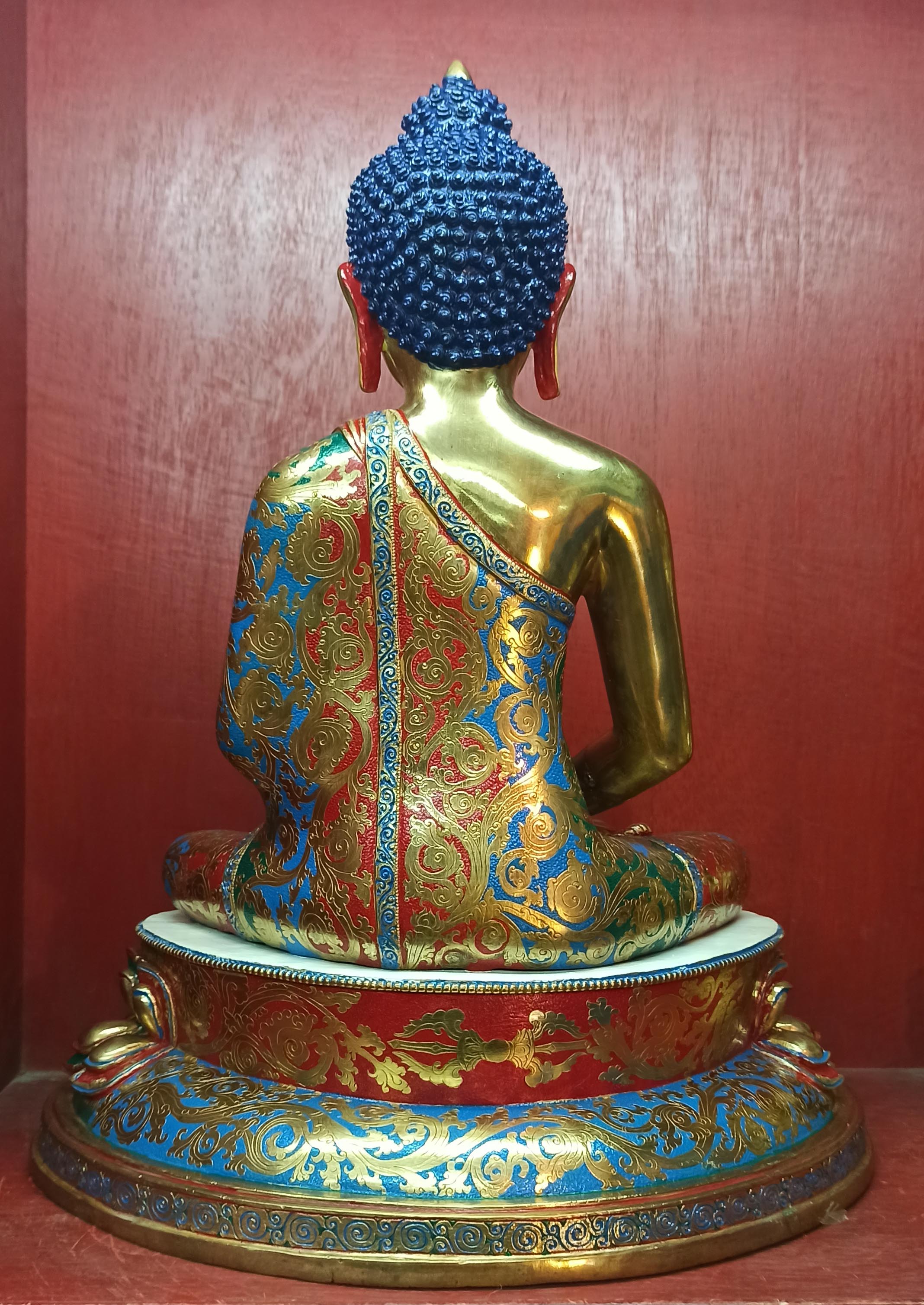 of Amitabha Buddha,
of Amitabha Buddha,  of Shakyamuni Buddha,
of Shakyamuni Buddha, 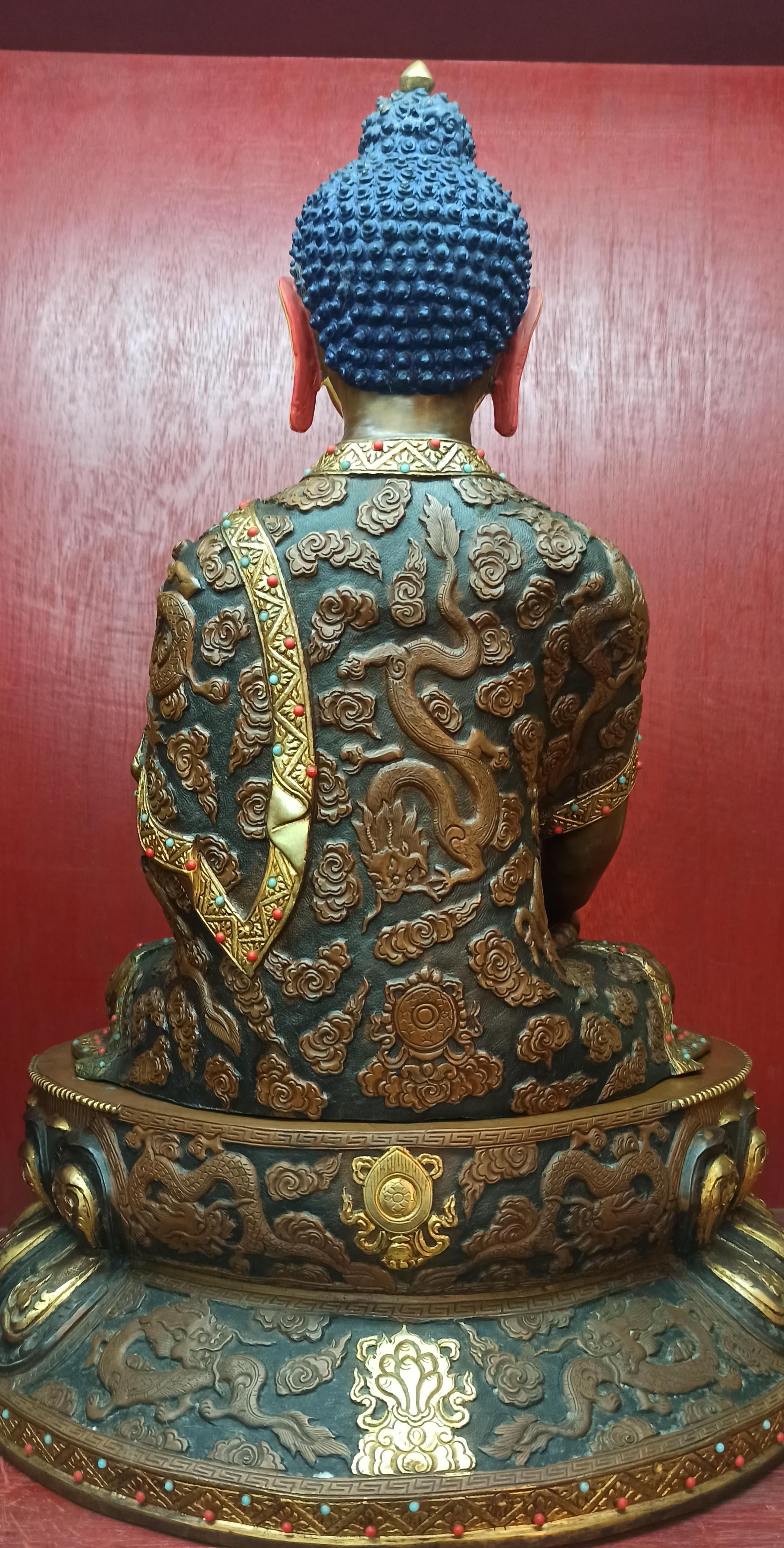 of Shakyamuni Buddha,
of Shakyamuni Buddha, 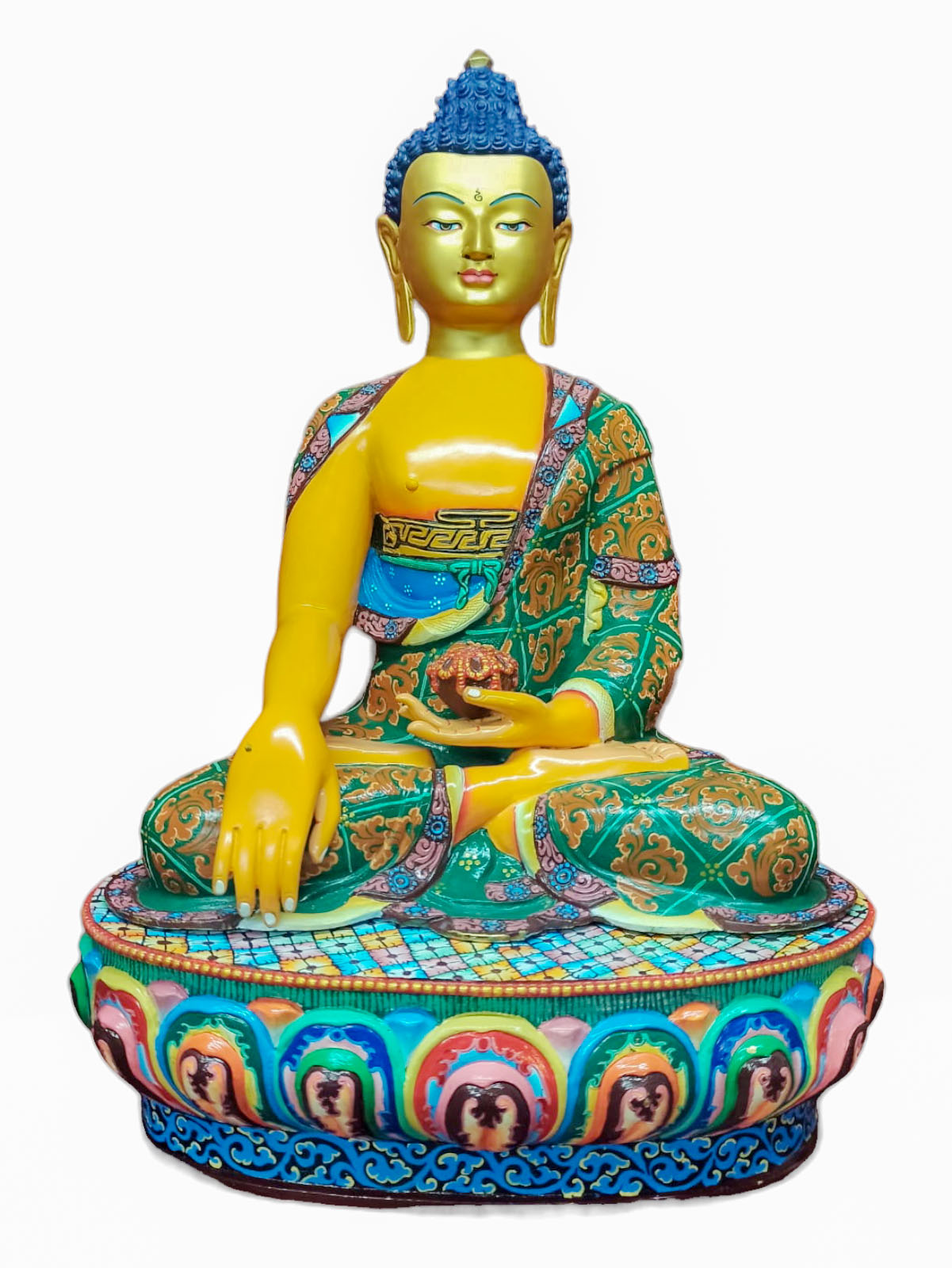 of
of 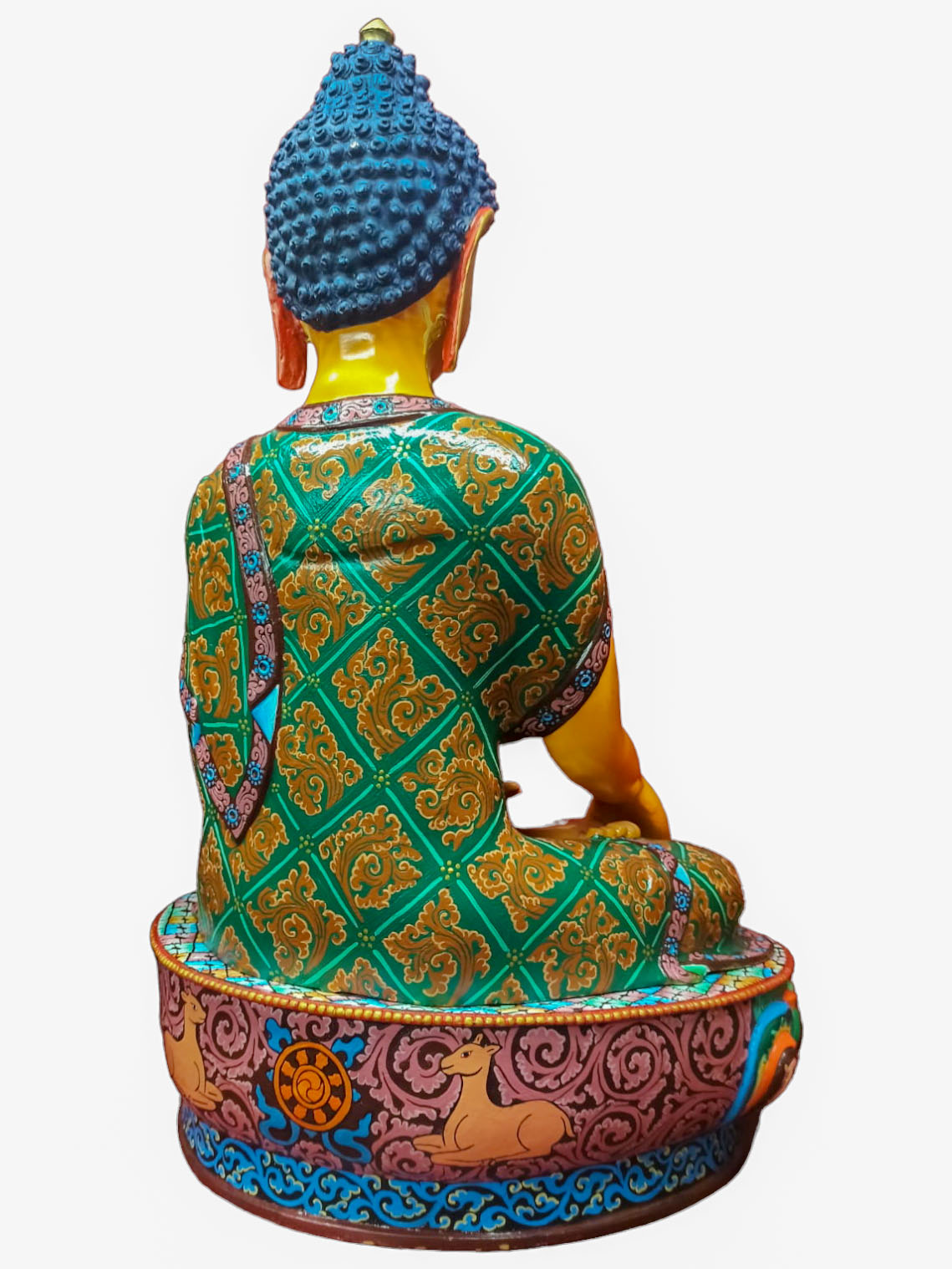 of
of  Sold" title="Amitabha Buddha,
Sold" title="Amitabha Buddha,  Master Quality, Buddhist Statue
Master Quality, Buddhist Statue  Master Quality, Buddhist Statue
Master Quality, Buddhist Statue 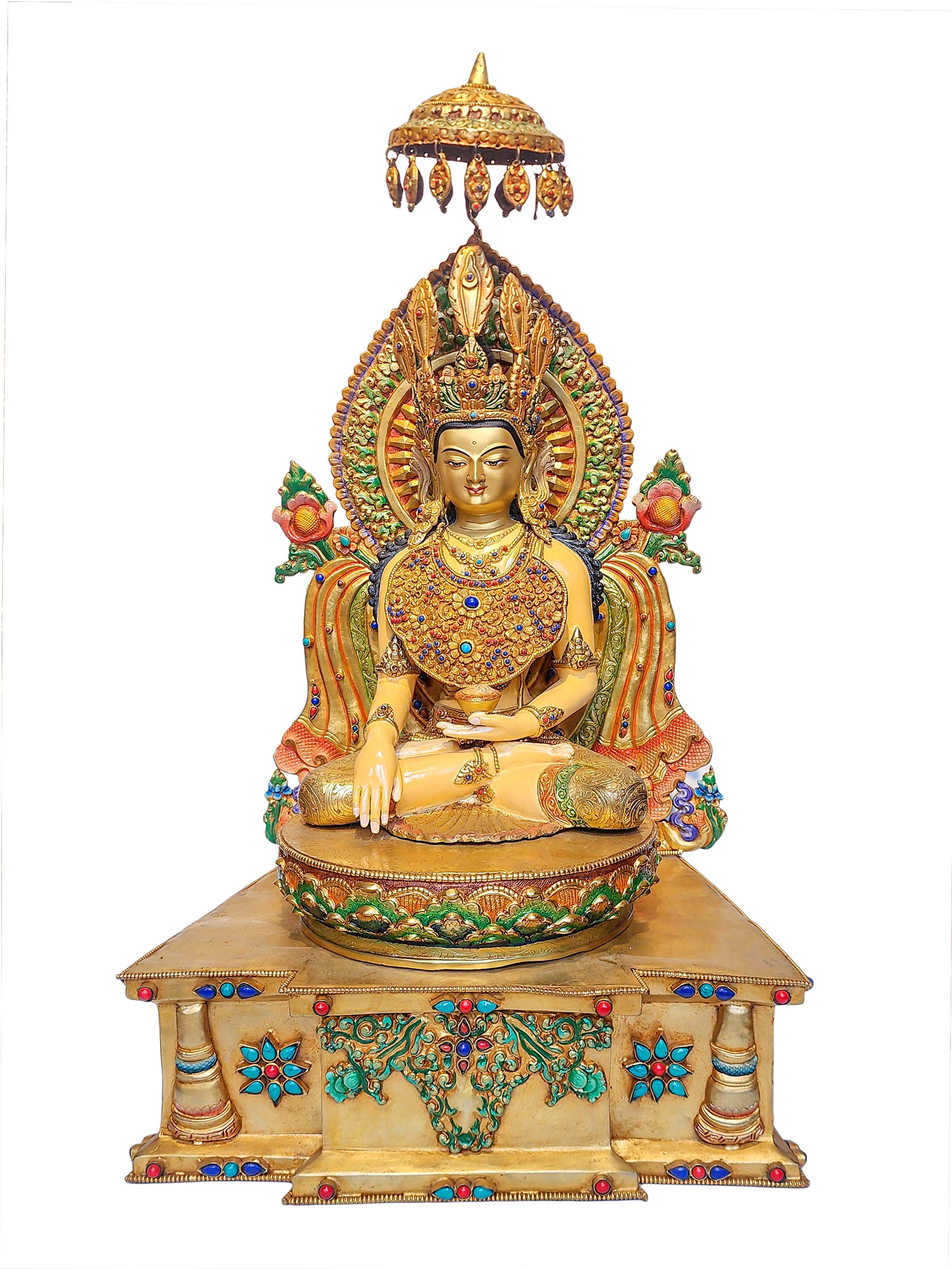 Crown Shakyamuni Buddha On Throne, Buddhist Handmade Statue,
Crown Shakyamuni Buddha On Throne, Buddhist Handmade Statue,  Crown Shakyamuni Buddha On Throne, Buddhist Handmade Statue,
Crown Shakyamuni Buddha On Throne, Buddhist Handmade Statue, 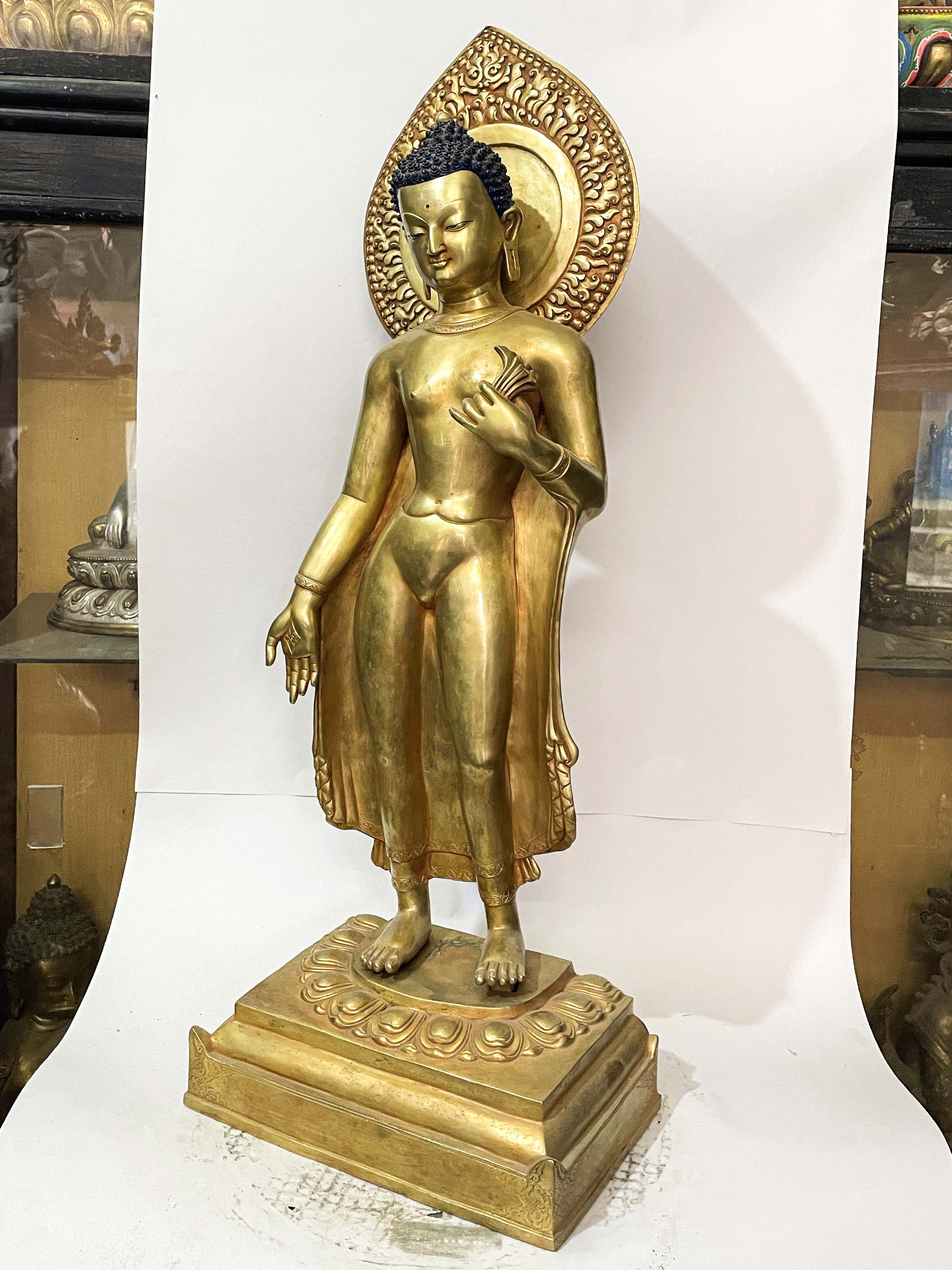 Master Quality, Buddhist Statue
Master Quality, Buddhist Statue 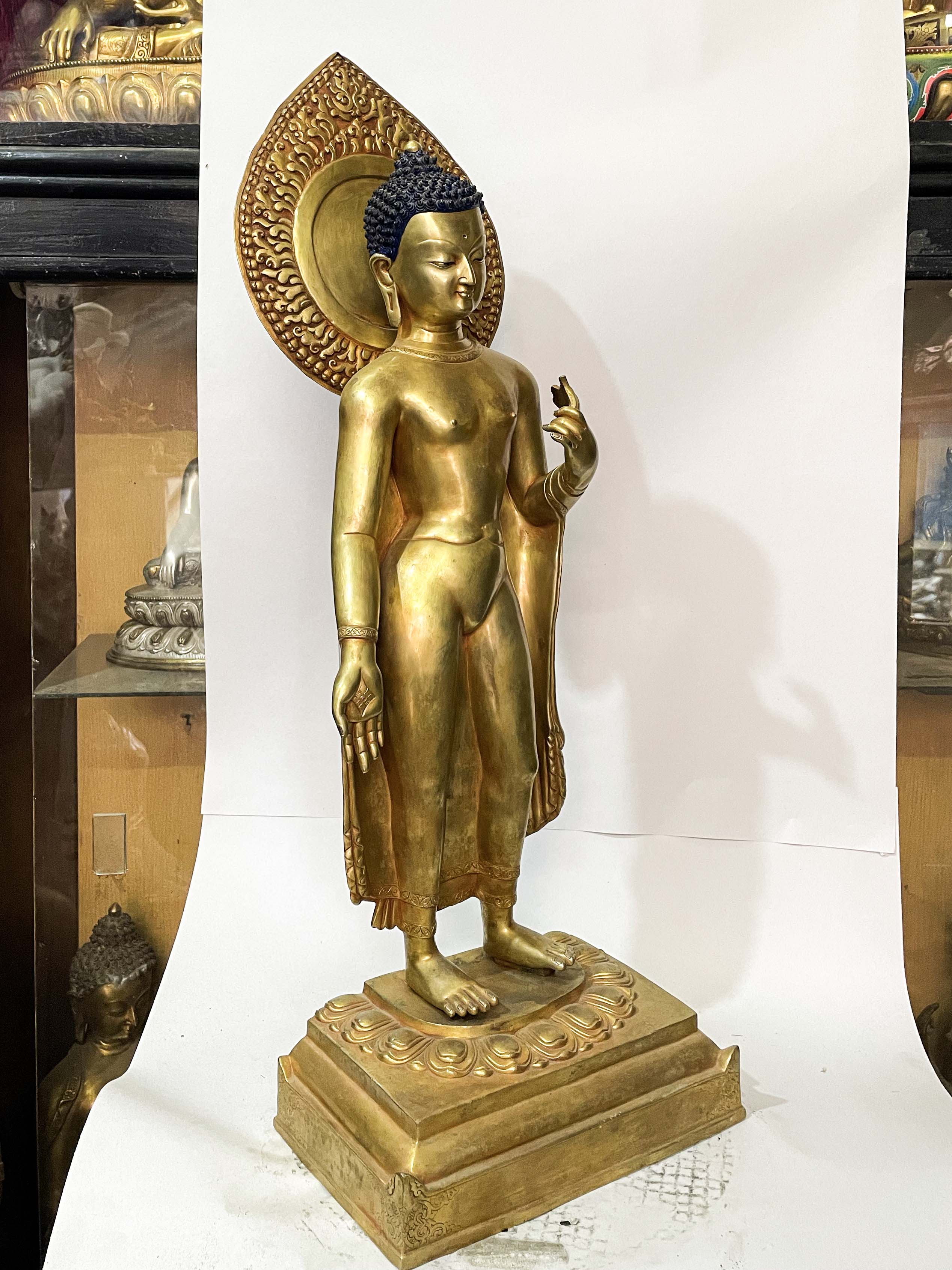 Master Quality, Buddhist Statue
Master Quality, Buddhist Statue  Crown Shakyamuni Buddha, Buddhist Handmade Statue,
Crown Shakyamuni Buddha, Buddhist Handmade Statue,  Crown Shakyamuni Buddha, Buddhist Handmade Statue,
Crown Shakyamuni Buddha, Buddhist Handmade Statue, 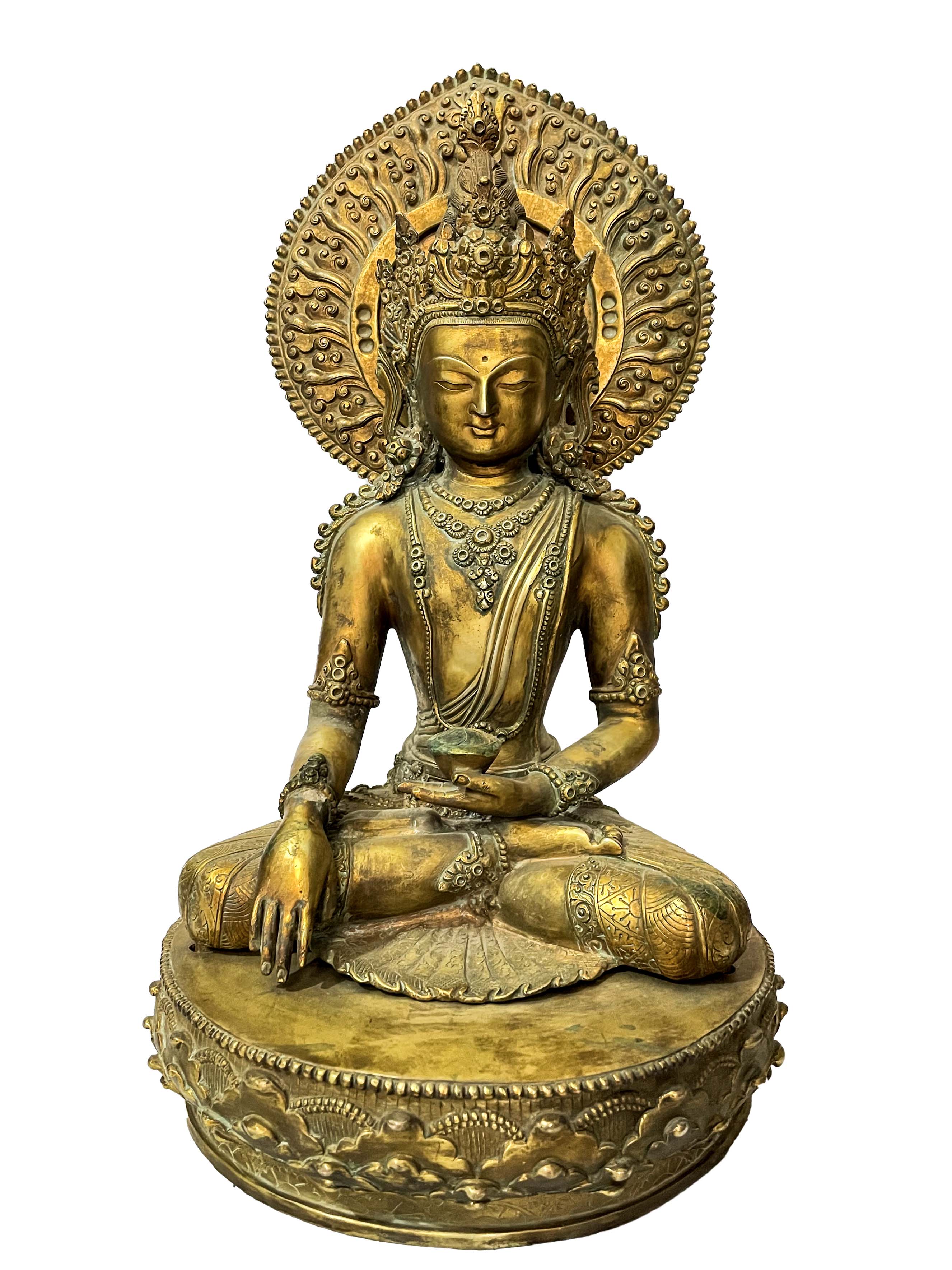 of Pancha Buddha Set,
of Pancha Buddha Set, 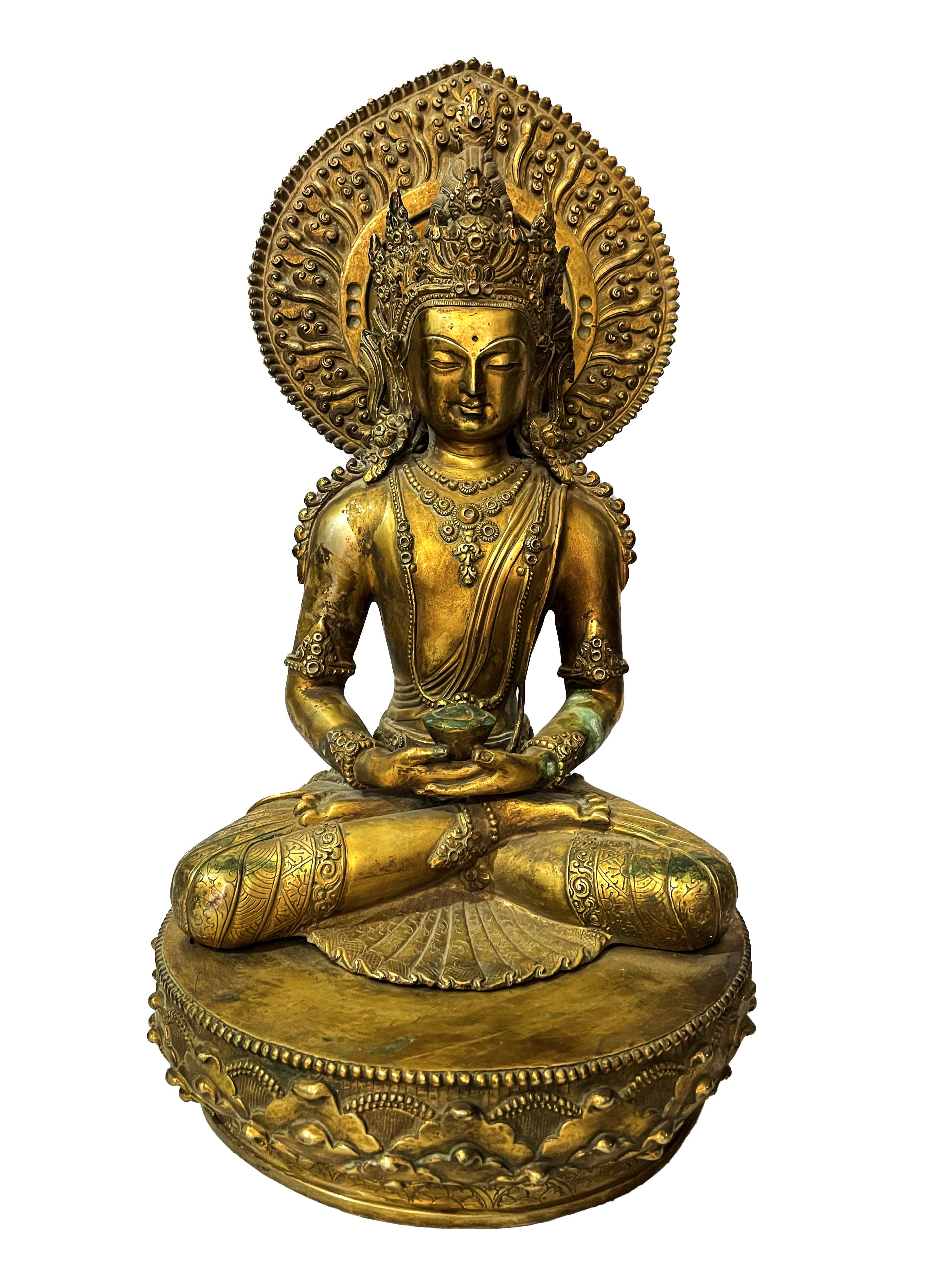 of Pancha Buddha Set,
of Pancha Buddha Set, 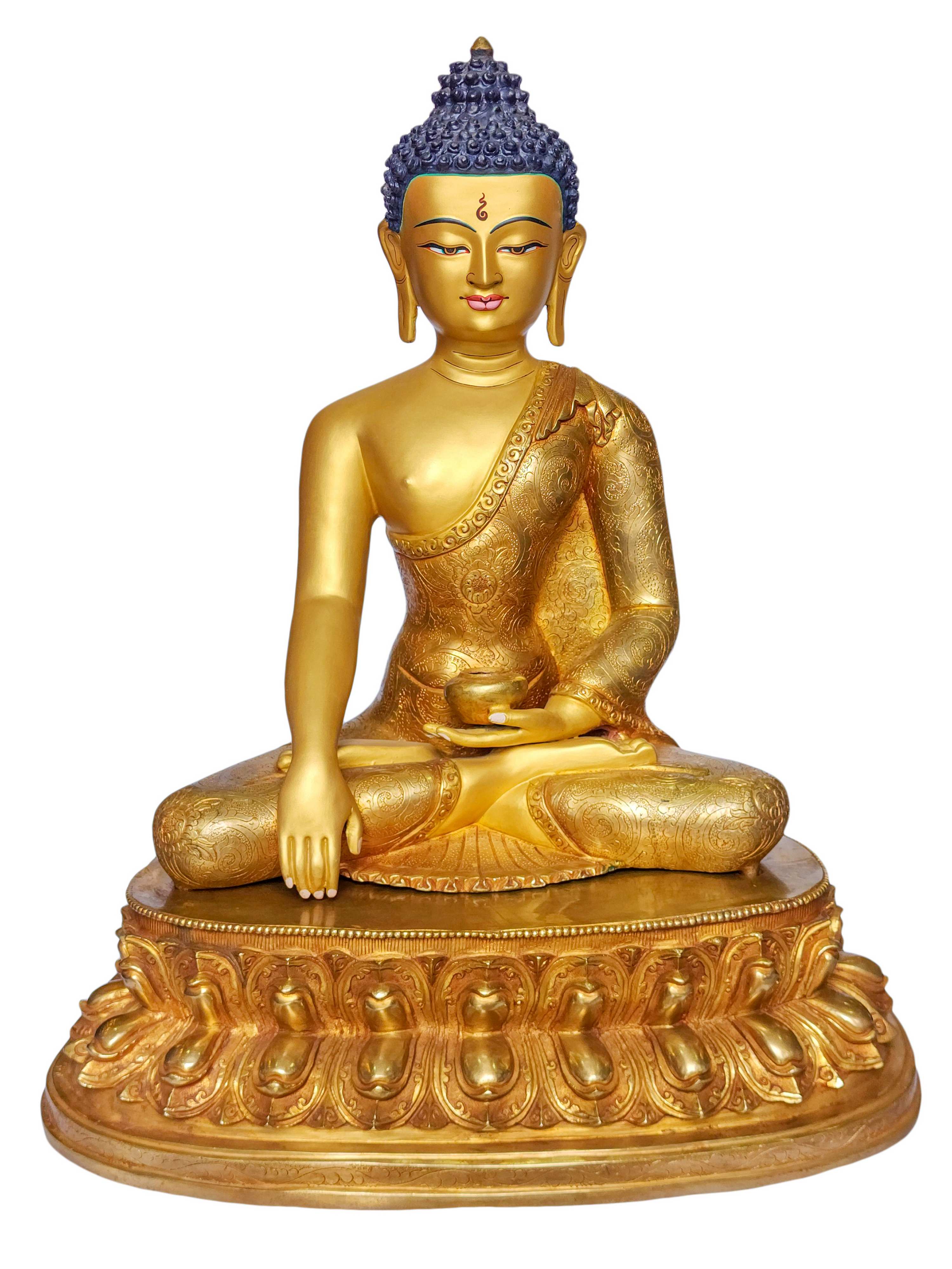 Shakyamuni Buddha, Buddhist Handmade Statue,
Shakyamuni Buddha, Buddhist Handmade Statue,  Shakyamuni Buddha, Buddhist Handmade Statue,
Shakyamuni Buddha, Buddhist Handmade Statue,